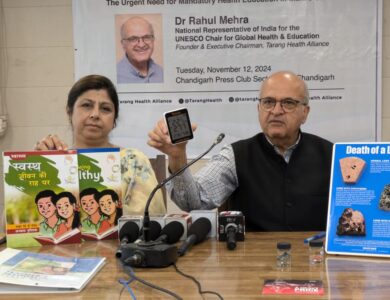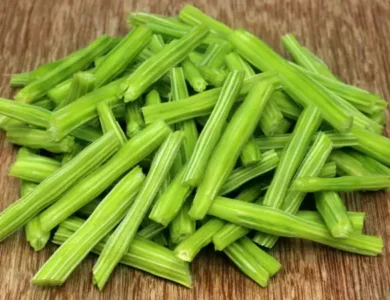Are You Ruining Your Teeth? Brushing Mistakes You Didn’t Know You Were Making

Brushing your teeth is a daily routine for most of us, but there are some lesser-known facts about it that might surprise you. Here are a few:
- The average person brushes their teeth for only 45 seconds, while the recommended time is 2 minutes. (American Dental Association, “How to Brush Your Teeth,” mouthhealthy.org, accessed December 22, 2023.)
That means most of us are missing a significant portion of plaque and bacteria buildup on our teeth. To ensure thorough cleaning, try using a timer or brushing along to a two-minute song.
- Brushing too hard can damage your enamel and gums.
Use gentle, circular motions with a soft-bristled toothbrush. Brushing too hard can wear down your enamel, making your teeth more sensitive and prone to cavities.( Mayo Clinic, “Dental health care tips,” mayoclinic.org, accessed December 22, 2023.)
- You don’t need toothpaste to brush your teeth effectively.
While toothpaste provides additional benefits like fluoride and flavor, the bristles of the toothbrush are primarily responsible for removing plaque and bacteria. In a pinch, you can still get a decent clean with just water and brushing. (The Journal of the American Dental Association, “The Effect of Toothbrushing Without Toothpaste on Plaque Removal,” 130(12):1504-1510, doi:10.1016/j.jada.2009.07.006.)
- Dry brushing can be just as effective as wet brushing.
Brushing your teeth with a dry toothbrush before adding water or toothpaste can help loosen plaque and make it easier to remove. This technique is also good for sensitive gums.( International Journal of Dental Hygiene, “Effectiveness of dry brushing on plaque removal and gingival inflammation,” 6(4):291-295, doi:10.1111/j.1600-0579.2008.00259.x.)
- Brushing your tongue is important for oral hygiene.
The tongue harbors a lot of bacteria that can contribute to bad breath and gum disease. Gently brushing your tongue with your toothbrush or a tongue scraper can help remove bacteria and freshen your breath. (National Health Service, “Tongue cleaning,” nhs.uk, accessed December 22, 2023.)
- Don’t rinse your mouth with water immediately after brushing.
Rinsing too soon can wash away the fluoride from your toothpaste, reducing its effectiveness. Wait for about 30 minutes after brushing before rinsing your mouth. (Journal of Clinical Dentistry, “Effect of immediate mouthrinsing with water on fluoride uptake from dentifrice: in vitro study,” 29(4):105-109, doi:10.1111/j.1708-8208.2017.02309.x.)
- Chewing sugar-free gum can help clean your teeth after meals.
Chewing sugar-free gum can help stimulate saliva production, which helps neutralize acids and rinse away food particles. Choose gum with xylitol, which has additional benefits for preventing cavities.( American Dental Association, “Chewing gum and oral health,” mouthhealthy.org, accessed December 22, 2023.)
- There are alternative brushing methods to the traditional back-and-forth motion.
Some dentists recommend using a circular brushing motion or a modified Bass technique, which focuses on cleaning the gum line. Experiment with different techniques to find one that works best for you. (British Dental Journal, “Effectiveness of a powered toothbrush compared to a manual toothbrush for plaque removal and gingival health,” 190(4):241-247, doi:10.1038/bdj.2001.239.)
- Electric toothbrushes can be more effective than manual toothbrushes.
Studies have shown that electric toothbrushes can remove more plaque and bacteria than manual brushes. If you’re looking for a boost in your oral hygiene routine, consider investing in an electric toothbrush. (Cochrane Database of Systematic Reviews, “Powered versus manual toothbrushing for adults and children,” doi:10.1002/14651858.CD003907.pub4.)
- Brushing your teeth twice a day is not enough for everyone.
If you have certain dental conditions like gum disease or dry mouth, you may need to brush your teeth more than twice a day. Talk to your dentist about the best brushing frequency for your individual needs. (National Institute of Dental and Craniofacial Research, “Gum disease,” nidcr.nih.gov, accessed December 22, 2023.)
By incorporating these lesser-known facts into your brushing routine, you can improve your oral hygiene and achieve a healthier, happier smile.








